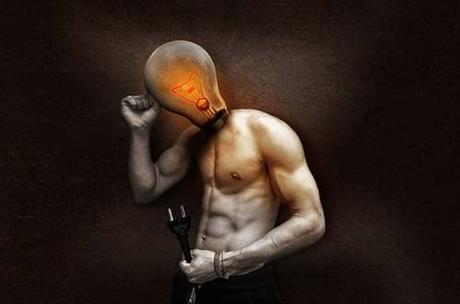 There are various kinds of lighting, and all of them are one of a kind. But finding the specific lighting idea that best meet your preference is a challenging task.
There are various kinds of lighting, and all of them are one of a kind. But finding the specific lighting idea that best meet your preference is a challenging task.
However, there are courses in which you can form them yourself. These so-called Do it Yourself or DIY activities provide you more independence and permit you to select the color, design, materials, and all other details.
There is no need to worry if you are inexperienced in DIY projects. Along with your brilliant creativity, your skills will continue to improve every time you practice it and here are some easy do it yourself projects.
Multicolored Ping Pong Lamp
Gather and paint around 180 balls of ping pong and paint to around 30 balls per color. Now, drill and make a small hole on the opposite sides of the ball. After making a hole, use a nylon thread that is long enough to wrap the lamp and thread the balls directly through the holes until the ping pong balls fill the nylon thread.
Finally, attach and connect every row of balls to the 45-centimeter lamp shade until the lamp entirely covered six rows of ping pong balls.
White Feather Pendant

Spherical Yarn Pendant
Create a homey yarn pendant by simply blowing up a balloon and covering the balloon with a yarn coated with the combination of white glue, cornstarch, and warm water. When the yarn is dry, pop the balloon and hang your pendant made from yarn.
Tulle Pendant Light
Another effortless do-it-yourself pendant is by using tulle. You will need around 10 yards of 54″ wide tulle, a mat and rotary cutter, a large needle for embroidery, safety pins, a light bulb and a straight edge.
Begin by cutting 17″ tulle strip, fold the bigger part so that one of the sides is around 17″ while the other 20″ to have three layers. Utilize the pins to attach the sides all together.
Enhance your tailoring skills by sewing a basic running stitch one inch from the edge of the fold and carefully pull out the safety pins. Overlap the left and right portion and carefully wrap everything over the lamp. Finally, tie a knot and carefully insert the light bulb and the cord.
Homemade Marquee Letter
Utilizing a big cardboard letter and a skilled knife cut off the bottom part of the preferred letter. Make tiny holes on the rear end of the letter which is enough to fit light bulb sockets through.
Insert the light bulb sockets directly through the small holes you made, then connect the bulbs and finally conceal the bulb cords in the back part of the letter.
Gold-Tipped Feather Lampshade
You will need to gather a bag of big white feathers that are common at craft stores, a clear fishing wire and a frame of a lampshade. Layer the whole tip of a feather with gold using the spray paint.
During the time the paint is still wet, instantly sprinkle all the sides of the feather with glitters in the same color. Continuously do it until you coat all of the feathers. The moment it is dry, tie the fishing wire to every feather and secure along the top ring of the frame of the lampshade. The outcome of the product works excellently as a led desk lamps or table lamps.
Mini String Lights

Finally, hang the created string lights on your outdoor space like the patio, porch or trees and illuminate.
Takeaway:
It is best to further expand our imagination, creativity, and resourcefulness with these ideas. Not only we can save more money, but it will also provide us with enjoyment especially when we see the successful outcome of our product. Also, we can reduce the piled and unused things in our household and utilize it as a design.
Author’s Bio: Lisa Jones is a writer and blogger who loves writing about interior design. She is particularly interested in lighting placement and its effects on the beauty of a room. When not writing, Lisa enjoys going to the gym with her friends.
